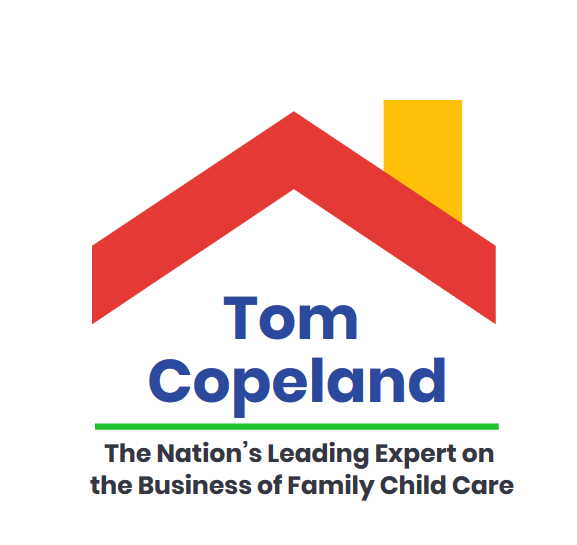
2024 Tax Returns: Tax Tips for Family Child Care Home Providers
Don't Let Tax Time Get You Down! We have resources to help!
2024 Taxes (for filing in the Spring of 2025)!
In March of 2025, Child Care Aware of Virginia held a tax preparation webinar going over basic concepts, business expenses, shared expenses, IRS forms, and worksheets and templates to help FCC providers get organized to file taxes. If you missed the session, you can watch the recorded video here. The slide presentation is also available in English and Spanish.
Additional Resources You Can Use!
These one pagers are easy-to-understand explanations of IRS forms and business calculations to save you money!
- Understanding the Time-Space Percentage Used to Claim Business Expenses on Your Tax Forms (A one page explainer, English and Spanish)
- IRS Form 8829: Understanding Expense Deductions for the Business Use of Your Home (A one page explainer, English and Spanish)
- IRS Schedule C: Understanding Business Deductions Using Schedule C for Sole Proprietors (Profit or Loss Business IRS form, a one page explainer, English and Spanish)
Resources from Tom Copeland

- How to Find, Choose and Work with a Tax Professional (January 16,
- The Truth About Parent Receipts
- How Can Sponsors and Providers Rebuild in the Midst of a Pandemic (Child and Adult Care Food Program, CACFP)
- Top Three Record Keeping Tips
- 2024 and 2025 Standard Mileage Rates Allowed (IRS)
- What Are the Tax Consequences of a State Grant? (February 8, 2021)
-
Recorded Webinar with Q&A. Money Management and Retirement Planning by Tom Copeland, March 1, 2021; Slide Presentation from the March 1, 2021 Recorded Webinar
-
Individual Retirement Account (IRA) Comparison Matrix (One page explainer, March 2, 2021)


Tools You Can Use to Support
Your Family Child Care Home!

Child Care Aware of Virginia
Family Child Care Home Business Support


Worksheets & Tools to Make Filing Taxes (and record-keeping) Easier!
- IRS Schedule C Expense Worksheet (Explained Expense List adjacent to IRS Schedule C Form, March 2025) English & Spanish
- IRS Form 8829 Shared Expense Worksheet (Explained Shared Expenses List adjacent to IRS Form 8829 Form, March 2025) English & Spanish
- Time-Space Worksheet (Excel tool to calculate time-space percentage, March 2025) English & Spanish
- Time Tracker (Use this worksheet to track your working time every day/every week to prepare for the time-space percentage used in IRS Form 8829 — not just the time you spend caring for children but all the other things you do to support your business) English & Spanish
- Monthly Attendance and Payment Log (Excel, use this template to track child payments & Monthly Meals & Snacks). English & Spanish
- Monthly Business Expense Log (Excel, use this template to track business expenses to support your FCC program) English & Spanish

Check out the business resources in the Virginia Shared Services Network online family child care toolkit!
- Discounts on frequently purchased products
- Financial management and templates
- Record-keeping forms and parent contracts
- Forms and policies
- Creating a profit & loss statement
- And more!
Contact your local Child Care Resource and Referral (CCR&R) agency if you need help gaining access to the NJ Shared Resources Platform. CCR&R staff can also help identify resources in the toolkit to help with your day to day work. Download this cheat sheet of resources contained in the platform (family child care homes or child care centers).
- Recorded Webinar with Q&A. How to Effectively Use Contracts & Policies for Family Child Care Homes in the Age of COVID-19 by Tom Copeland, February 22, 2021
- Tom Copeland slide deck from the February 22, 2021 Recorded Webinar
